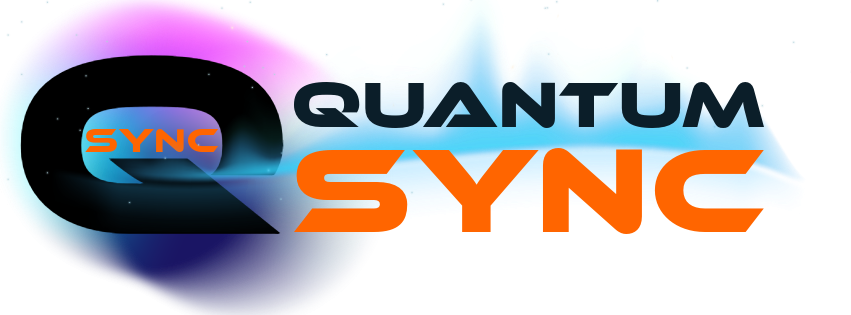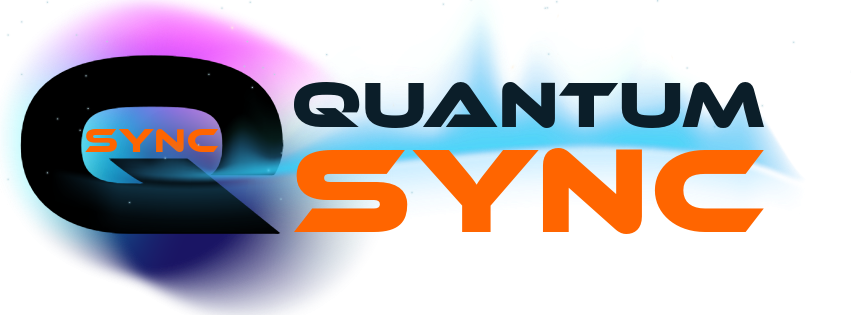Mastering Logo Design Build a Memorable Brand Identity

When Zara opened her small handmade accessories shop, she believed quality alone would draw customers in. But despite her passion, people often passed by without noticing her brand at all. One evening, while sketching ideas on a torn notebook, she realized something powerful: before customers experience a product, they first experience its identity. That night, she created a simple symbol—one that reflected her craft, her values, and her personality. Within weeks, customers started remembering her shop because they remembered her symbol. That symbol was her first step into the world of logo design, and it transformed her business.
This story is more than a moment of inspiration; it reveals a truth every modern brand must embrace. A logo isn’t just a graphic—it’s the foundation of a brand’s personality, promise, and presence. Understanding the art and strategy behind it can significantly influence how a business is recognized and remembered.
What Makes Logo Design So Important?
A logo is the visual ambassador of a brand. In a digital world overflowing with competition, your logo becomes the face of the business—your first impression and often your lasting one. Whether displayed on social media, a website, packaging, or advertisement, a logo must deliver instant meaning and evoke trust.
1. First Impressions Matter
When customers encounter a new brand, they make judgments in seconds. A thoughtful logo design communicates professionalism, credibility, and relevance. It can intrigue a visitor enough to learn more or push them away before they explore your offerings.
2. Branding Consistency
Your logo is the anchor for your brand’s visual identity. Typography, colors, graphic style, themes—all stem from your logo. With a strong visual guide, brands maintain consistency across platforms, making recognition easier and more memorable.
3. Emotional and Psychological Impact
Colors influence purchasing behavior. Shapes affect perception. Minimalism conveys modernity; intricate designs express tradition. A well-crafted logo subtly uses psychology to connect deeply with the audience.
Core Elements of an Effective Logo
Great logos don’t happen by accident. They follow structured design principles.
Simplicity
A simple logo is easy to remember and works well across all applications. Think of brands like Apple or Nike—their strength is in clarity.
Relevance
The design must match the brand’s identity and industry. A playful logo won’t fit a legal firm, just as a rigid emblem won’t suit a children’s brand.
Scalability
Your logo should maintain quality whether it’s on a billboard or a business card.
Memorability
Distinctive elements help logos stand out. Uniqueness creates lasting impressions.
Timelessness
Trends fade, but powerful logos stay relevant for decades.
Types of Logos
Understanding the various styles can help brands choose the right direction.
Wordmarks
Logos built entirely from stylized text (e.g., Google).
Lettermarks
Initials or abbreviations transformed into designs (e.g., HBO).
Pictorial Marks
Symbol-based logos tied to real objects or icons.
Abstract Logos
Non-representational shapes conveying concepts through form and color.
Combination Marks
A blend of text and symbol—one of the most flexible approaches.
Emblems
Badges or crests, often used by schools, automotive companies, or luxury brands.
The Logo Design Process
A strong logo is the result of a structured creative workflow.
1: Research and Brand Discovery
Understanding the brand’s values, target audience, competition, tone, and goals lays the foundation.
2: Concept Sketching
Designers brainstorm by sketching dozens of ideas before moving to digital development.
3: Digital Rendering
Using professional tools, designers refine shapes, experiment with typography, adjust proportions, and explore color palettes.
4: Feedback and Revision
Client collaboration ensures the final design aligns with the brand’s identity and expectations.
5: Final Delivery
Designers deliver multiple file formats (PNG, JPG, SVG, EPS) along with a branding guide for consistent usage.
Mistakes to Avoid in Logo Design
Even skilled designers can slip if they ignore foundational principles.
Overcomplicating the Design
Too many details reduce readability and versatility.
Copying Trends Blindly
Trendy logos age quickly, causing expensive rebranding later.
Poor Font Choices
Typography should match the brand’s personality, not fight against it.
Ignoring Negative Space
Clever use of empty space can elevate a simple logo into a memorable one.
Why Investing in Professional Logo Designers Matters
A logo isn’t just an image—it is a long-term investment in your business identity. Professionals bring experience, creative strategy, and marketing insight that templates or automated tools can’t match. The right designer understands how to blend aesthetics with business needs, creating a timeless symbol that carries your brand forward.
Conclusion
Just like Zara’s handmade accessory shop discovered, a logo can become the spark that ignites a brand’s identity. Whether a business is new or well-established, dedicating time and creativity to strong logo design opens the door to recognition, trust, and growth. A thoughtful logo communicates who you are long before you say a word—and that is the true power of strategic branding.

- Creative Multimedia
- Education & Innovation
- Business & Technology
- Sustainability & Ethics
- App & IT Development
- Community & Culture
- Thought Leadership
- Evento
- AI & Robotics
- Craft
- Ver Página
- Fitness
- Free Peck
- Jogo
- Tutorial
- Health
- Music
- Networking
- Outro
- Business
- Religion
- Shop
- Sport
- Wellbeing



